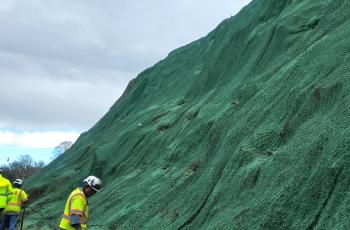WASA AND DC FIRE DEPARTMENT REACH AGREEMENT ON ACTUAL NUMBER OF OUT-OF-SERVICE HYDRANTS
The District of Columbia Water and Sewer Authority (WASA) and DC Fire and Emergency Medical Services (FEMS) have reconciled the actual number of out-of-service fire hydrants to conclude the 2007 hydrant assessment program.
Fire officials produced a list of 235 out-of-service fire hydrants at an October 31, 2007 City Council hearing. On that day, WASAs computerized asset management system, which is updated daily, listed only 62 out-of-service hydrants less than one percent of the 9,095 public hydrants in the District that are maintained by WASA.
Both agencies worked collaboratively during the past two weeks to reconcile the differences between their respective lists. After a thorough review of collected data, site visits and field testing, WASA and FEMS agreed on a total of 29 out-of-service public hydrants from the October 31 lists.
A number of factors contributed to the reporting discrepancies between the two agencies. The FEMS list contained hydrants that are privately owned, hydrants that had been abandoned, and some that had been returned to service. For example, WASA maintains a public hydrant inventory and reports weekly on the operational status of public hydrants. However, WASA does not maintain the inventory of private hydrants in the District since the repair and maintenance of these hydrants is the owners responsibility. In addition, some public hydrants that were relocated and replaced due to capital construction work or accessibility issues were reported by FEMS as missing during the hydrant assessment program and were included on their list as out-of-service.
Private hydrants and abandoned hydrants accounted for 154 reporting differences between the two lists. The remaining differences were mostly related to reporting issues between the two agencies that have since been corrected during the reconciliation process.
As of November 16, 2007, there are 56 public out-of-service hydrants. This number includes those recently taken out of service by WASA as a result of its flushing program, customer-reported problems and other capital construction work. This out-of-service number can change daily, based on field conditions and completed hydrant work. WASA and FEMS are holding monthly operational meetings to improve communications and prepare for the 2008 hydrant inspection and assessment program.







